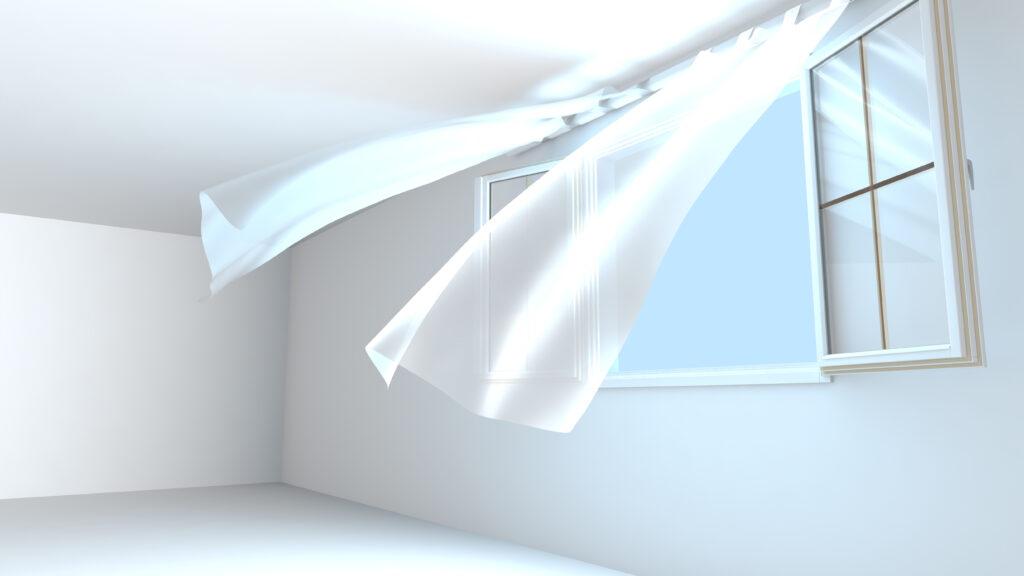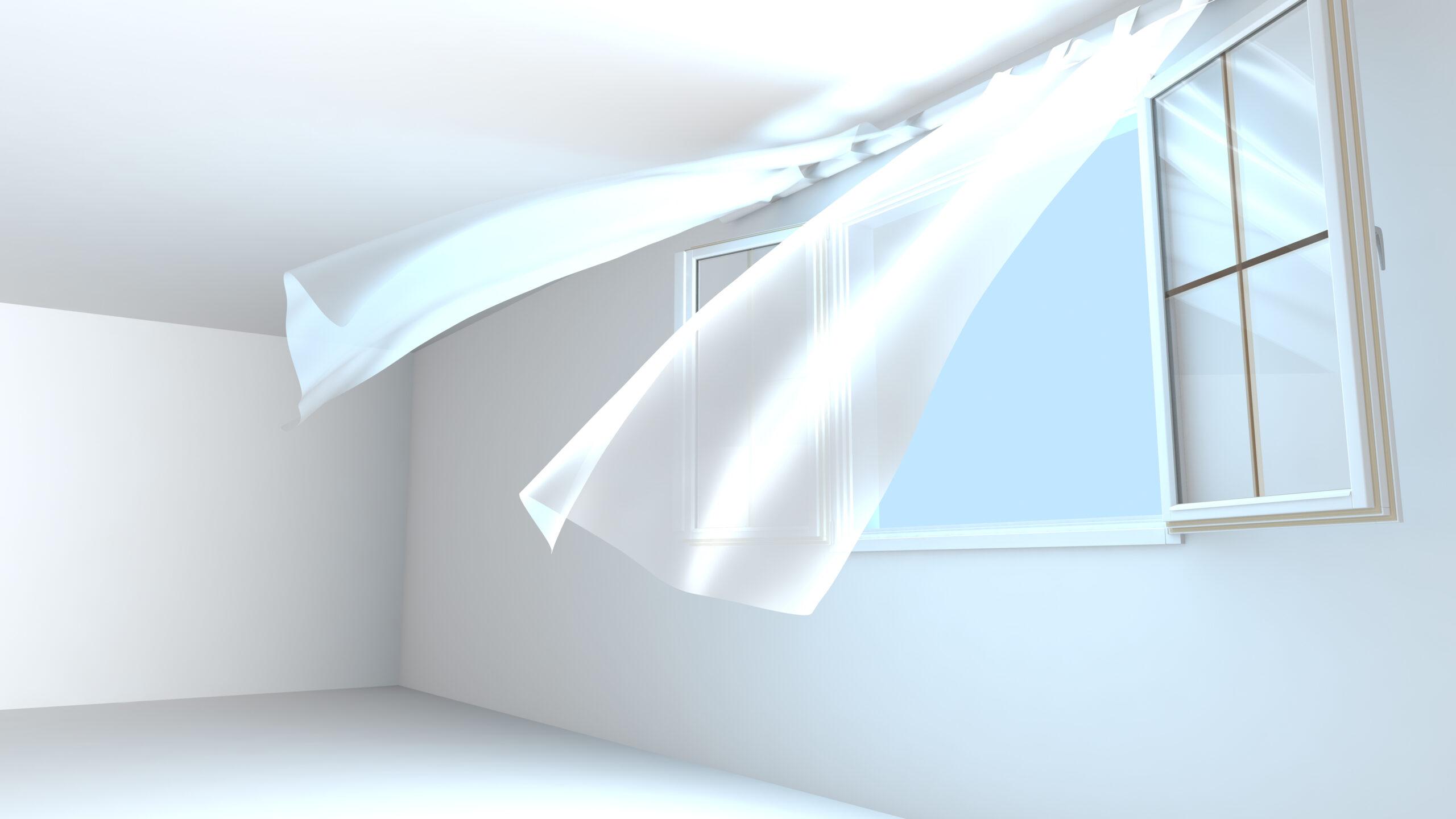We’ve all been spending a lot more time indoors in our own homes since the pandemic began, which has us thinking about the quality of our indoor air. If you’ve ever appreciated the smell of a fresh morning and been prompted to open the windows, you know the importance of air quality.
Research has shown that the quality of indoor air can be worse than that of outdoor air.
New homes, and remodels, are often sealed more tightly than in the past, and our homes may contain many furnishings, appliances and products that can affect indoor air quality.

Signs of indoor air quality problems
- unusual and noticeable odors
- stale or stuffy air
- a noticeable lack of air movement
- dirty or faulty central heating or air-conditioning equipment
- damaged flue pipes and chimneys
- unvented gas appliances
- excessive humidity
- the presence of molds and mildew
- adverse health reaction after remodeling, weatherizing, bringing in new furniture, using household and hobby products, or moving into a new home
- feeling noticeably healthier outside
Health effects from indoor air pollutants may be experienced soon after exposure or, possibly years later.
Immediate effects may show up after a single exposure, or just a few. This could be things such as irritation of the eyes, nose and throat, headaches, dizziness and fatigue. Such immediate effects are usually short-term and treatable.
Sometimes, the treatment is simply eliminating the person’s exposure.
Other health effects may show up years after exposure has occurred, or only after long or repeated periods of exposure. These effects, which include some respiratory diseases, heart disease and cancer, can be severely debilitating or fatal. This is why you should be concerned about the quality of your indoor air and take steps to improve it, even if you don’t currently notice a problem.
Ventilation
If too little outdoor air enters a home, pollutants can accumulate to levels that can pose health and comfort problems.
Homes are designed and constructed to minimize the amount of outdoor air that can “leak” into and out of the home. However, because some weather conditions can drastically reduce the amount of outdoor air that enters a home, pollutants can build up even in homes that are normally considered “leaky”.
Outdoor air enters and leaves a house by infiltration, natural ventilation and mechanical ventilation.
In a process known as infiltration, outdoor air flows into the house through openings, joints and cracks in walls, floors and ceilings, and around windows and doors.
In natural ventilation, air moves through opened windows and doors. Air movement associated with infiltration and natural ventilation is caused by air-temperature differences between the indoors and outdoors, and by wind.
Finally, there are a number of mechanical ventilation devices, from outdoor-vented fans that intermittently remove air from a single room, such as the bathroom and kitchen, to air-handling systems that use fans and ductwork to continuously remove indoor air and distribute filtered and conditioned outdoor air to strategic points throughout the house. The rate at which outdoor air replaces indoor air is described as the air-exchange rate. When there is little infiltration, natural ventilation or mechanical ventilation, the air-exchange rate is low and pollutant levels can increase.
For commercial property inspections in the Dallas/Fort Worth area, including a thorough and informative home inspection report, learn more at
or request a quote for a commercial inspection at
682-351-2267



